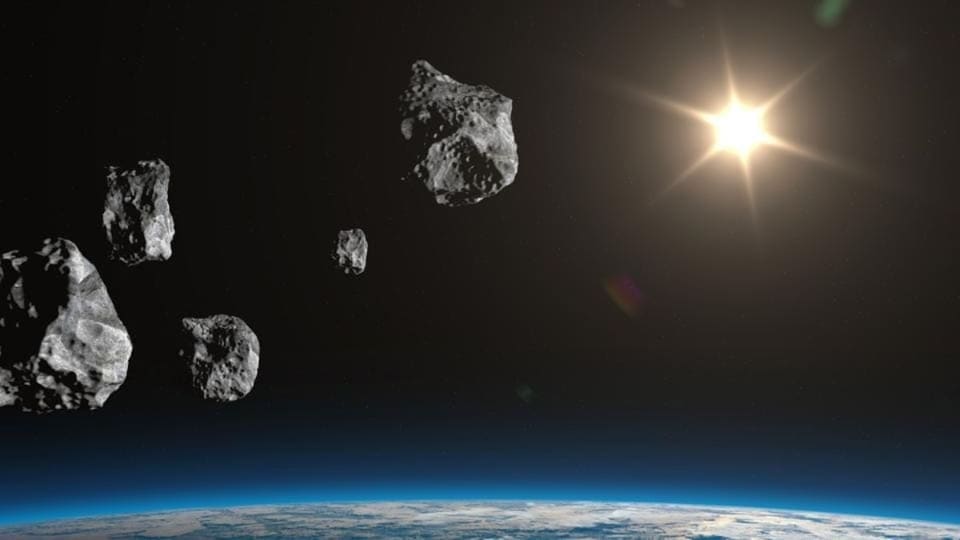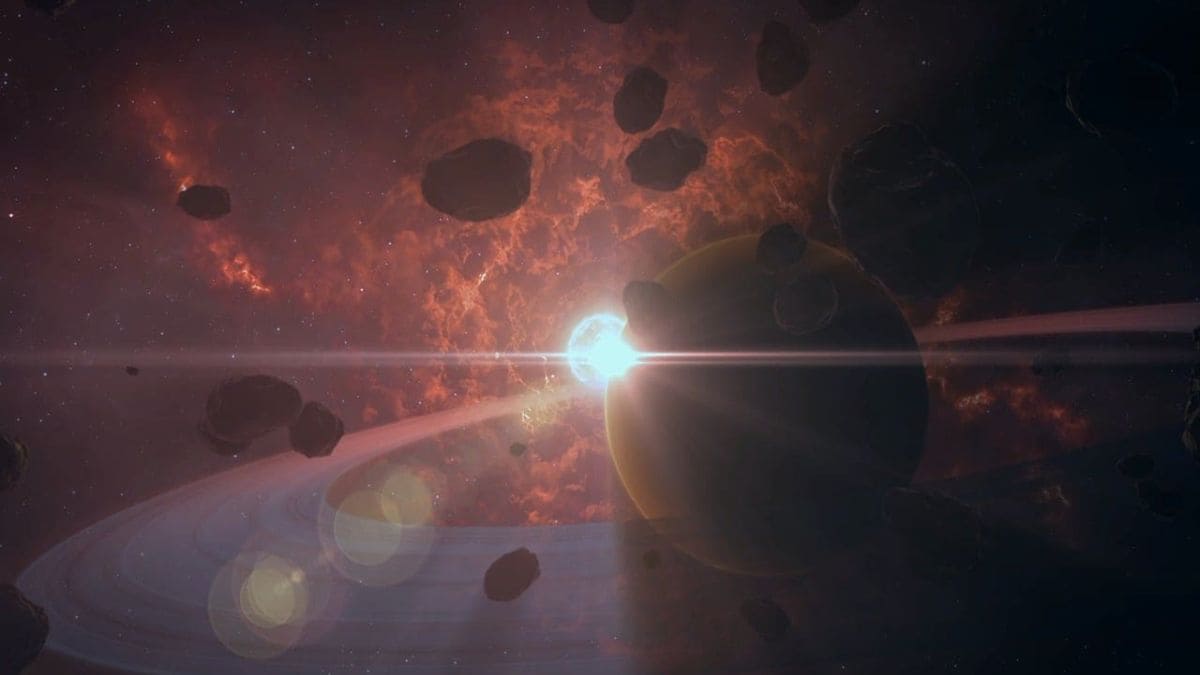Change asteroid orbit one scoop at a time to save Earth? Forget NASA DART? Shocking answer here
Electronic catapults, yes catapults, could be used to deflect any asteroid heading for Earth, according to Nahum Melamed at the Aerospace Corporation.






 View all Images
View all ImagesAn asteroid can be a serious threat to Earth. In fact, it can be a catastrophic event based on how big it is. Therefore, it is urgent and necessary to tackle the threat posed by asteroids that may crash into our planet and this can be done by finding ways to alter the asteroid's orbit and make it move away from Earth. NASA has tried that by crashing a spacecraft against an asteroid and successfully moved it from its orbit. Now, a company has come up with an ingenious solution.
A California-based nonprofit organization is looking to meet this threat by designing a new asteroid deflection system that would use the space rock's own regolith to change its trajectory away from Earth.
“We were looking at objects of similar size [to the Chelyabinsk asteroid that occurred in 2013] that could touch earth's atmosphere in our lifetime,” Nahum Melamed, a project leader at The Aerospace Corporation, told Gizmodo in an interview. He added that the asteroid could be moved away from its orbital path with a system that will take just a 'few weeks of operation'.
How will the plan be executed?
As per Melamed, a suborbital accelerator will be landed on the concerned asteroid. The craft will lock itself to the asteroid and will start taking small scoops of regolith (a layer of unconsolidated rocky material) and fling it out - 20 pounds per scoop. It would be enough to move the asteroid away.
“By pushing it away from the asteroid, the asteroid will recoil and will get deflected by a tiny bit,” Gizmodo quoted Melamed as saying.
According to The Aerospace Corporation, the small asteroid ranging from 30 to 60 meters can be deflected in a matter of weeks however, a larger asteroid could take up to months.
Researchers believe that this method would be easier than NASA's DART mission, which was also quite costly - it was over $300 million and some estimates put it at $340 million.
To accomplish this mission, it will take years of research and development, but there is no guarantee of success. However, if it works, then the deflecting asteroids and comet attacks would not be such a huge problem. That the problem is very much there is clear from the Chelyabinsk asteroid explosion that caused injuries to thousands of people. It exploded in the air above the city on February 15, 2013.
Catch all the Latest Tech News, Mobile News, Laptop News, Gaming news, Wearables News , How To News, also keep up with us on Whatsapp channel,Twitter, Facebook, Google News, and Instagram. For our latest videos, subscribe to our YouTube channel.





























